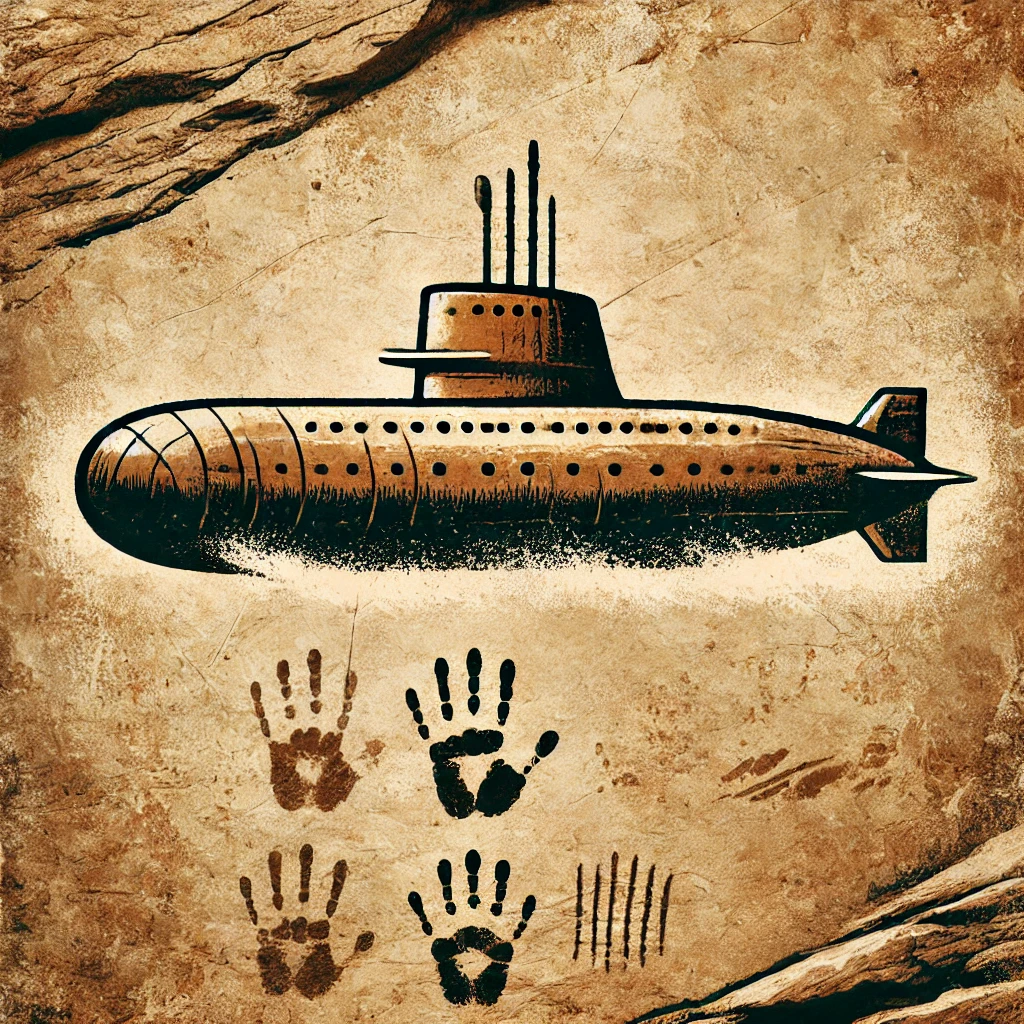Other drone brands: a complete map beyond the famous names
Imagine walking into a store thinking only two or three drone brands exist, and suddenly discovering shelves full of options you’ve never heard of. It can be overwhelming—but it’s also an opportunity. That variety hides very specific solutions for needs the most popular brands don’t always meet. In just a few minutes, you’ll understand why so many alternatives exist, what lesser-known manufacturers offer, and when it makes sense to explore those paths—especially if you’re interested in toy drones or the world of cinewhoop.
Why there are so many brands and what that means for you
The drone market isn’t a single race to build the “best” drone—it’s a collection of many tracks, each with different rules. Some manufacturers specialize in simple training drones, others in ultra-stable video capture, and others in speed and agility. This diversity comes from different needs: filming a birthday in your living room isn’t the same as inspecting a construction site or flying through a narrow hallway. For you, this means that the brand name matters less than how well the drone matches your purpose. A lesser-known name doesn’t mean poor quality; it often means the brand focuses on a niche where durability, easy repairs, or precise manual control matter more than fame.
Toy drones: a safe, inexpensive gateway to your first flights
Toy drones exist so you can fly without fear, learn orientation, and understand how a drone responds to your inputs. They’re usually small, lightweight, and made for controlled spaces. They don’t compete in camera quality or range—their purpose is to build confidence. For someone who’s never flown before, this stage is crucial. It allows you to practice takeoffs, landings, and smooth turns without stressing over costs or a steep learning curve. Many of these manufacturers also add thoughtful touches like propeller guards and stability modes that correct small mistakes. If your goal is simply to discover whether you truly enjoy flying, starting here saves both money and frustration. Once you’ve mastered the basics, you’ll have real criteria to decide whether you need more flight time, a better camera, or smart features.
Safety, spare parts, and realistic expectations
With toy drones, it’s essential to keep your expectations in check. Don’t expect the same image sharpness or wind resistance as with higher-end models. What you get instead is peace of mind and cheap replacement parts when something breaks, since these drones are built to handle crashes. The key lesson is simple: focus first on mastering flight, then decide whether it’s worth paying for better sensors or cameras. That way, you avoid buying an expensive machine just to learn the basics.
Cinewhoop and FPV: surgeon-level precision in tight spaces
Cinewhoop drones belong to the FPV (first-person view) world, where pilots fly using goggles that show the drone’s perspective in real time. These drones move like a handheld camera in the hands of an expert—sliding through doors, circling furniture, and weaving through tunnels with hypnotic smoothness. Their magic lies in a frame with propeller guards, carefully chosen motors and props, and flight control settings tuned for responsiveness rather than automation. If you need interior shots in restaurants, museums, homes, or warehouses, a cinewhoop unlocks possibilities a traditional drone can’t achieve without crashing. Many of these brands also sell individual components—frames, controllers, motors—so you can customize your setup, a major draw for pilots who enjoy building and fine-tuning their gear.
Customization, community, and the learning curve
In FPV and cinewhoop flying, the community is part of the product. You’ll find tutorials, shared configurations, and advice on motors, firmware, and transmitters. The trade-off is a steeper learning curve. There’s no “one-button” solution here—progress comes from practice and sensitivity to the controls. If the idea of crafting impossible shots and customizing your drone excites you, you’ll love this world. If you prefer automation and constant assistance, it’s better to stick with consumer drones and leave FPV for later.
When to explore lesser-known brands—and when not to
Exploring beyond big-name brands makes sense when your needs are specific. If your goal is safe, low-risk learning, toy drone makers give you exactly what you need without inflating your budget. If your challenge is capturing smooth indoor footage, a cinewhoop will make a real difference and let you achieve shots otherwise impossible. It also makes sense to explore niche brands when you value repairability and easy access to parts. On the other hand, if you want a ready-to-fly experience with extensive flight assistance, numerous smart features, and formal customer support, you’ll be happier with mainstream consumer brands. It’s not about better or worse—it’s about matching what you expect to what the drone actually delivers.
Price, support, and the time factor in your decision
Price shouldn’t be seen as just the number on the box—it’s the sum of flying hours you’ll log and mistakes you’ll avoid. A cheap toy drone that gets you flying every week may deliver more value than an expensive one you’re afraid to use. A well-tuned cinewhoop can save you retakes on a shoot by flying where others can’t, and that time saved is also money. Smaller brands often offer support through communities, video channels, and specialized stores with a personal touch, while large brands provide formal, centralized service. Think about how you prefer solving problems: if you enjoy learning and tinkering, the community will cover you well; if you prefer structured processes and direct warranties, you’ll likely feel safer sticking with major brands. What matters most is choosing with full awareness of these differences—so you don’t pay for features you’ll never use or find yourself limited when it matters most.




